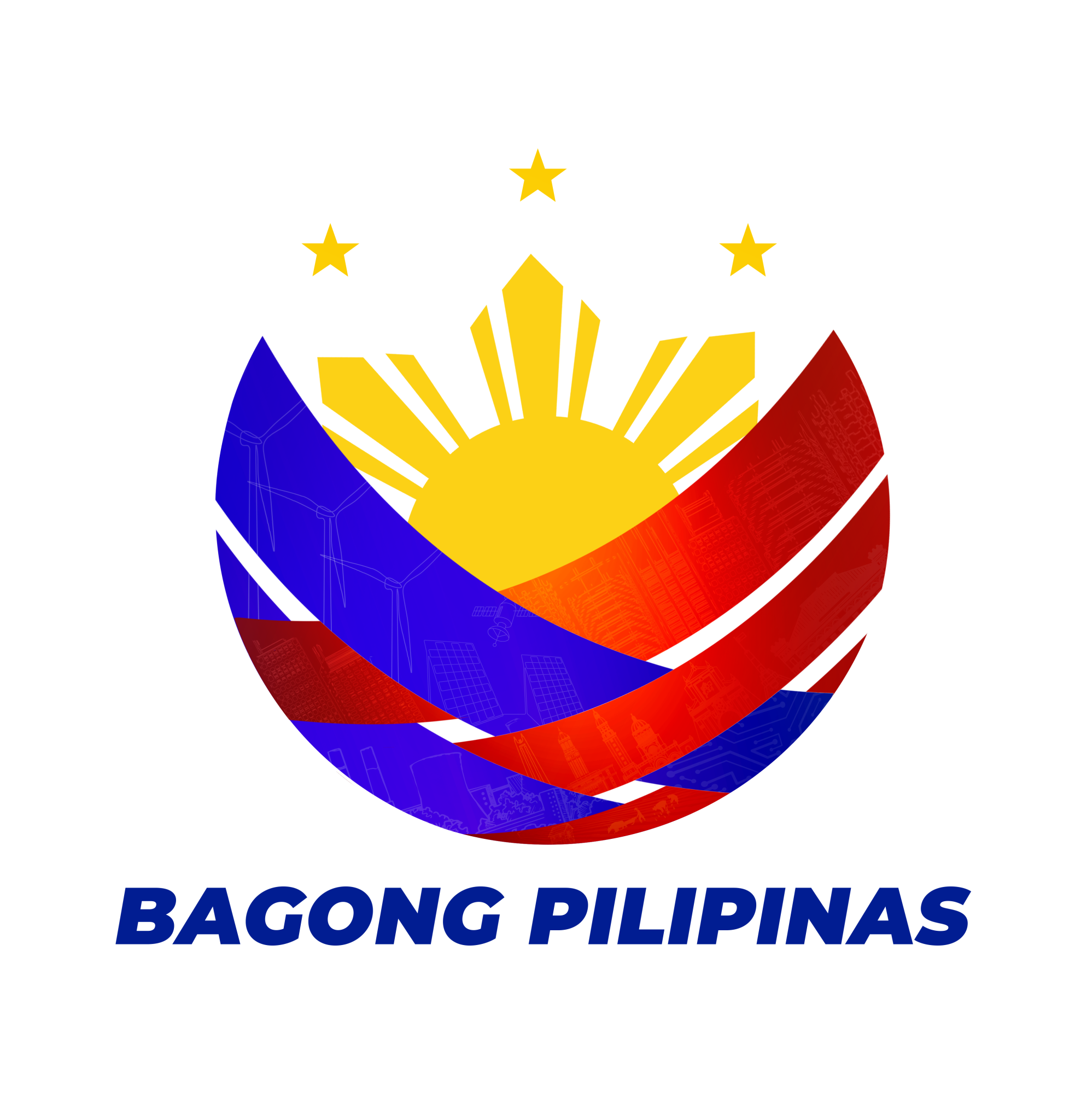
02 September 2015 - The Philippine Embassy in Mexico, led by Ambassador Catalino R. Dilem, Jr., attended the 11th lecture on the Manila Galleon Cultural Route on August 05 at the Palacio de Cortes in Cuernavaca, State of Morelos.
The lecture entitled “A Brief History of the Relations Between New Spain (Mexico) and the Philippines” was conducted by Dr. Thomas Calvo, a research professor at the Center for Historical Studies of the El Colegio de Michoacan, AC.
In his lecture, Dr. Calvo gave a brief historical account of the relations between Mexico and the Philippines which he said all began with an expedition led by Miguel Lopez de Legazpi and Andres de Urdaneta to the Philippines in 1564, and with the discovery of the return voyage (tornaviaje) in 1565.
Dr. Calvo underscored that for 250 years, the two countries were intertwined with their common history of being under the Spanish rule, with the Philippines ruled by Spain through the Vice Royalty in Mexico. The Manila Galleon served as the instrument that brought the two countries together.
He elaborated on the discovery of the return route in 1565, which he said resulted in economic trade and cultural exchanges between the two countries. Variety of goods, agricultural products, plants and linguistic elements were exchanged between Manila and Acapulco during this period. The exchange of goods also became an exchange of ideas, skills and customs, which significantly generated interactions between Filipinos and Mexicans and greatly influenced the cultures of both countries. Dr. Calvo cited influences in both countries´ cultures like in language, religion, customs, clothing, dances and food.
Other historical accounts of Philippine-Mexican relations discussed during the lecture were: the sending of a Mexican Air Force contingent during World War II to the Philippines to fight against the Japanese forces alongside with US and Philippine military forces to liberate the Philippines; the establishment of diplomatic relations between the two countries in 1953; the visit of Mexican President Adolfo Lopez Mateos in 1962; and the commemoration of the Fourth Centennial Anniversary of the Legazpi-Urdaneta Expedition in 1964 in Barra Navidad.
Dr. Calvo mentioned that 2014 and 2015 are significant years for Mexico-Philippine relations, as they marked the 450th year anniversaries of the departure from Barra de Navidad of the Legazpi-Urdaneta expedition to the Philippines (2014) and the return voyage (tornaviaje) from Manila to Acapulco (2015). END

